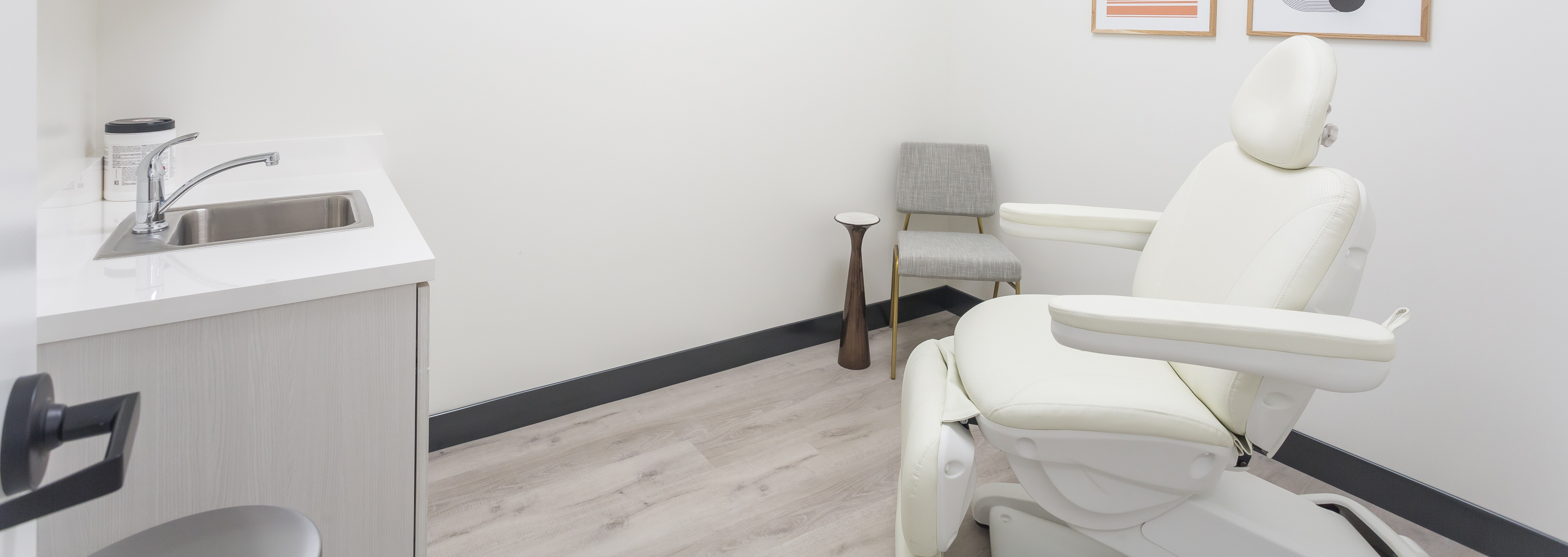
The Skinwell Skin Check
by far the most important service we offer at Skinwell is our Signature Skin Check
What’s so special about a Skin Check at Skinwell?
Our skin checks are a comprehensive skin exam where we examine your skin from head to toe. Inspection is done to look for any skin lesions that could be cancerous.What sets our exam apart is that we perform all of them using a Dermatoscope.
No exceptions!
The dermatoscope requires special training but allows the doctor to look deep into moles and make sure they are normal on a microscopic level. Not every Dermatologist knows how to do this, but Dr. Ava not only trained under world experts in Dermatoscopy, she has now crafted her own unique expertise with this device.
What should I expect during the Skin Check?
First you will be shown to a completely private room where you will be given a gown. All clothing is usually taken off at your comfort, except for undergarments. When you are ready, the doctor will then enter the room and will begin the exam. Your exam starts with a visual inspection of your skin, starting from the top of your back. The doctor will examine each part of your skin around your entire body, working down to your feet, including the toes.
If any moles are seen, a more detailed inspection will be done using a Dermatoscope. After inspection, your doctor will discuss her findings with you and you will come up with a treatment plan together.
How often should a Skin Check be done?
A skin exam should be done yearly. In fact, skin checks are one of the most important preventative health checks you can get because most skin cancers are treatable when detected early.
What if its been a year since my last Skin Check and my mole looks the same?
We hear this alot. While a mole might look the same to the naked eye, it can change on a cellular level. These changes can easily be missed by the untrained eye. During the first (or baseline) skin check, each mole is assessed and a risk level of cancer is established for the mole. Based on this level of risk, a mole can be biopsied or observed over time.Are there situations where I should get a Skin Check more often?
When a mole has a higher risk of cancer, we can sometimes monitor the mole more frequently. You may also get more frequent skin checks if you have active skin cancer or a personal or family history of skin cancer.